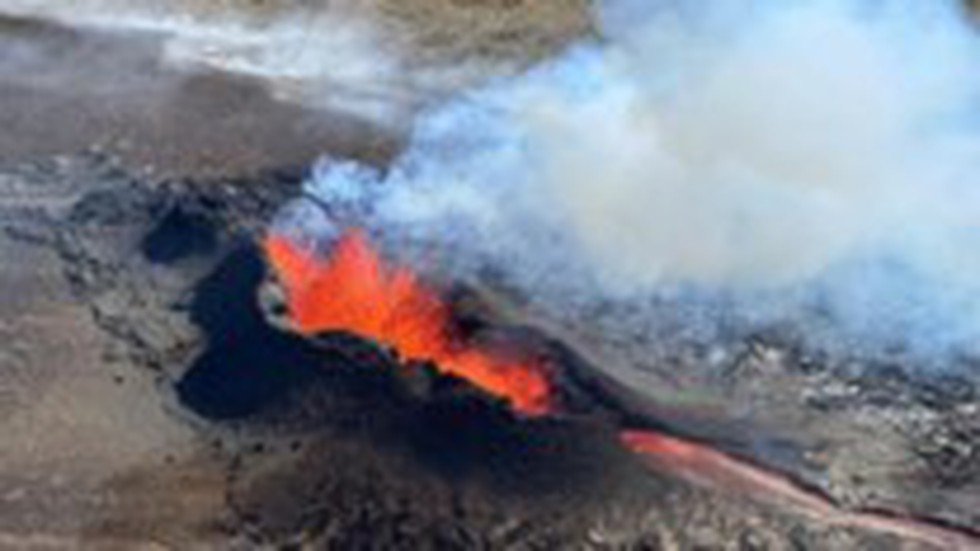
About Earthquake swarm
What causes swarm sequences?
Key facts about Reykjanes peninsula
Inflation in India’s wholesale prices...
Even 46 years after it was notified a...
The strongest geomagnetic storm in ov...
A recent discovery of a mysterious st...
The I4C, in collaboration with Micros...
The India-U.S joint exercise in condu...
NASA's upcoming Nancy Grace Roman Spa...
Recently, an unknown number of orcas ...
CSIR-Centre for Cellular and Molecula...
Recently, the Ramcharitmanas, Panchat...